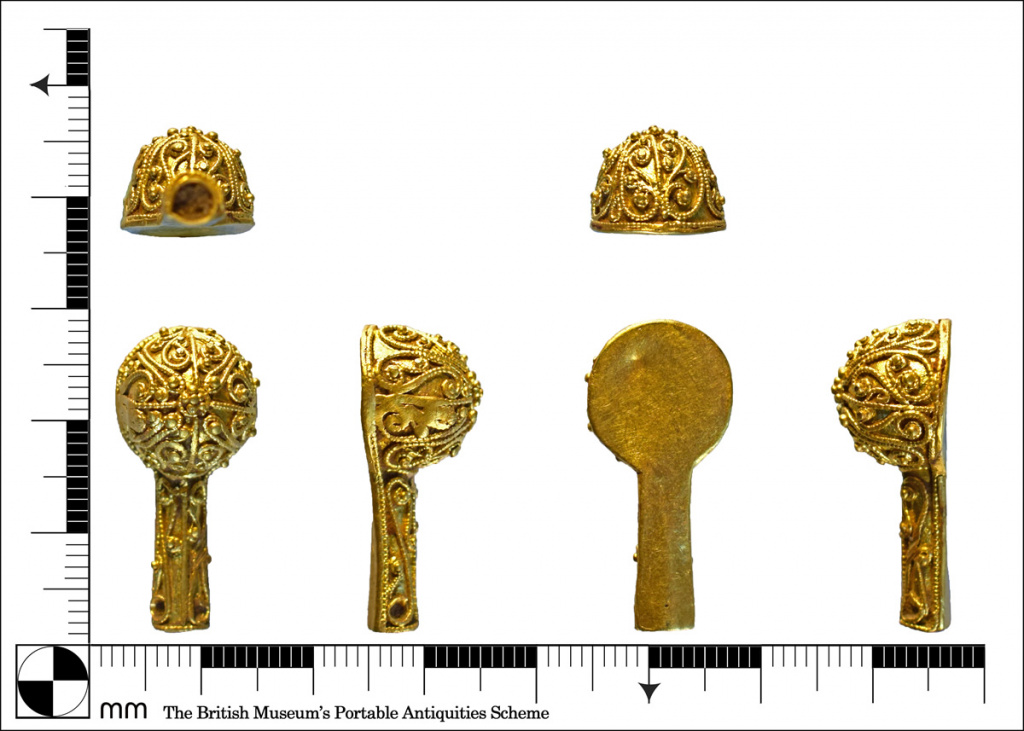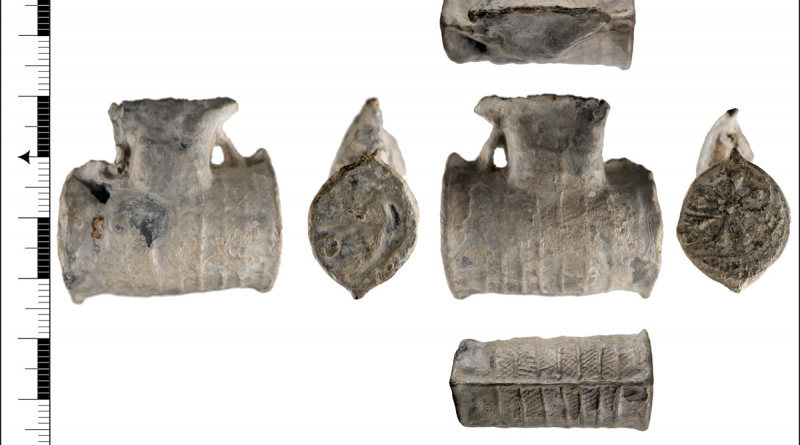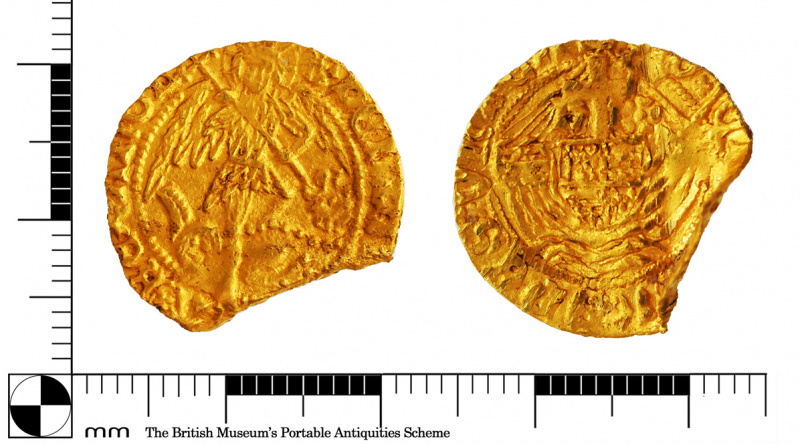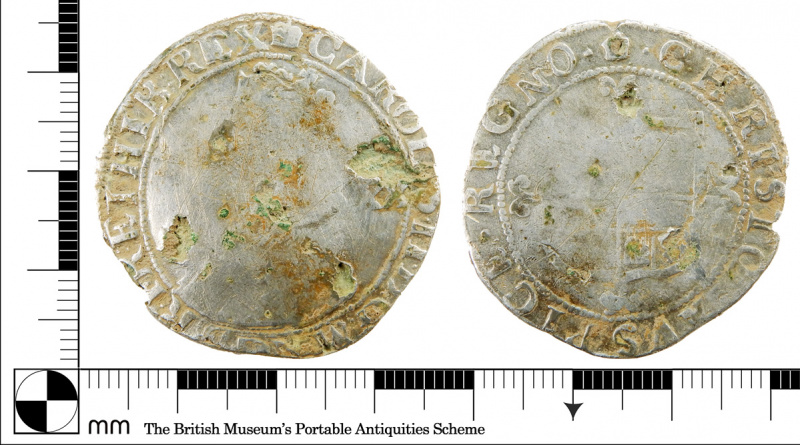PAS Finds: week ended 30 September 2022
PAS Finds: week ended 30 September 2022
My selection of the detecting finds recorded at the PAS for the week ended 30 September 2022
Featured Find
Anglo-Saxon Aestel
A gold handle to an aestel dating to 850-900. The socket would have housed a pointer and which would have been used for following words when reading a book. One side is flat and undecorated to allow it to move smoothly over a vellum page. A handful of objects of a similar form have been recorded at the PAS and this one has been designated a Find of Note of Regional Importance. It is currently going through the Treasure process.
Alfred Jewel
The most famous aestel handle is the Alfred Jewel, so called because it is believed to have been made for Alfred the Great.
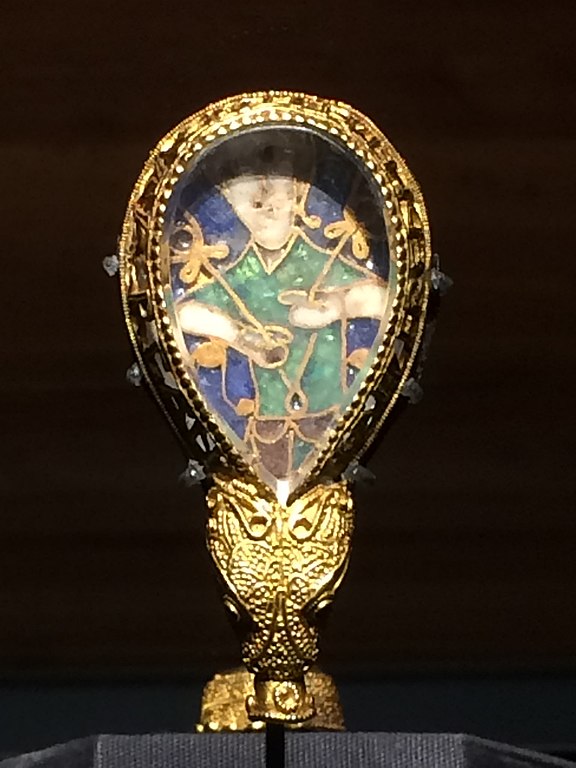
It was found in 1693 in a field in North Pertherton, Somerset, only a few miles from Athelney Abbey which was a stronghold for Alfred.
In 1718 it was presented to the Ashmolean Museum by Colonel Nathaniel Palmer.
Around the edge is the inscription “AELFRED MEC HEHT GEWYRCAN”, “Alfred ordered me to be made“. Alfred is the only English monarch to be known as “Great”. His achievements were not only military but also cultural and he would commission translations of religious.
He sent a translation of Pastoral Care by Pope Gregory the Great (written c.890) to monasteries throughout England. In the preface to the book he wrote “And I will send a copy to every bishop’s see in my kingdom, and in each book there is an aestel of 50 mancusses and I command, in God’s name, that no man take the staff from the book, nor the book from the church“


